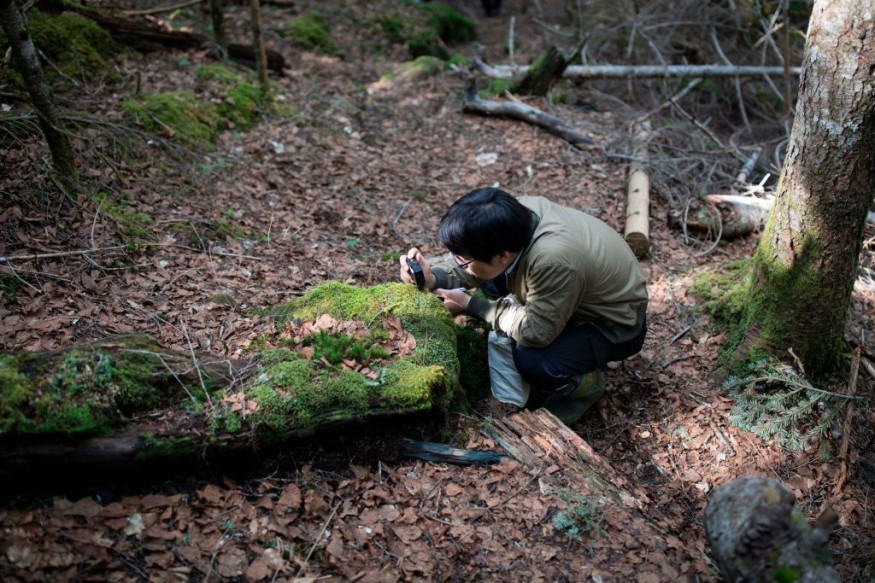
According to a recent study, moss can serve as a carbon sink by removing nearly 7 billion tons of carbon dioxide from the atmosphere while also promoting the restoration of deteriorated soil.
Moss, Nature's Amazing Rug
Scientists are now beginning to understand the ecological usefulness and intricacy of moss, even though it seems more like a rug than a beautiful plant.
Nearly 3.6 million square miles, or nearly the size of China or Canada, were covered by the eight diverse ecosystems that ecologists and academics studied for their moss samples.
They were amazed to discover that mosses were performing such a wide range of extraordinary tasks, according to David Eldridge, an ecologist and expert on mosses at the University of New South Wales in Australia.
The scientists discovered that mossy soils increased the cycling of vital nutrients like nitrogen and phosphorus and served as a carbon sink by preventing the atmospheric release of 6.43 billion metric tons, which is about 7 billion tons, of carbon dioxide, which contributes to global warming.
According to Eldridge, who spoke to ScienceAlert, mosses are believed to be able to absorb six times more carbon dioxide than plants, not just 100% as much.
These ancient organisms, which are the ancestors of all currently existing plants, have simpler structures than their more recent offspring, with sprigs full of small leaves that are often only one cell thick. However, that doesn't lessen their power, ScienceAlert reports.
Multi-Tasking Moss
According to research, moss also regulates microclimates and gives plants a physical scaffolding to support their growth. Moss draws what little water it requires from the atmosphere since it lacks parts such as the xylem and phloem to transmit nutrients and water.
Eldridge mentioned in a news release that one arid species in Australia may be preserved in a packet for 100 years and brought back to life with a small amount of water.
He said that, unlike typical plants, their cells do not break down.
Eldridge said that regions with deteriorated soil or regions where vegetation strains to grow, like the Arctic or the desert, can benefit particularly from moss's resilience and its function in maintaining ecosystem health via nutrient availability.
This function is crucial in both natural and settings that have been harmed by human activity, The Cool Down reports.
Additionally, it has been discovered that mosses are essential to plant ecosystems and that plants gain from having moss as a neighbor. Mosses increased nutrient cycling, the breakdown of organic materials, and even the control of infections detrimental to other organisms and human beings in soil areas where they were present.
Also Read : Your Privacy Fence can be Natural, Wildlife-Friendly; Here are Some Tips from an Expert Forester
More Moss
To hasten the regeneration process, Eldridge and his team of about 50 scientists are also eager to develop methods for reintroducing mosses into deteriorated soils. He claimed in the news release that was issued in UNSW Sydney that moss species might be the ideal vehicle to launch the recovery of highly degraded urban and also natural area soils.
The study done by Eldridge and his team was published in May this year in the journal Nature Geoscience.
© 2025 NatureWorldNews.com All rights reserved. Do not reproduce without permission.





